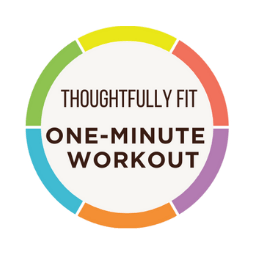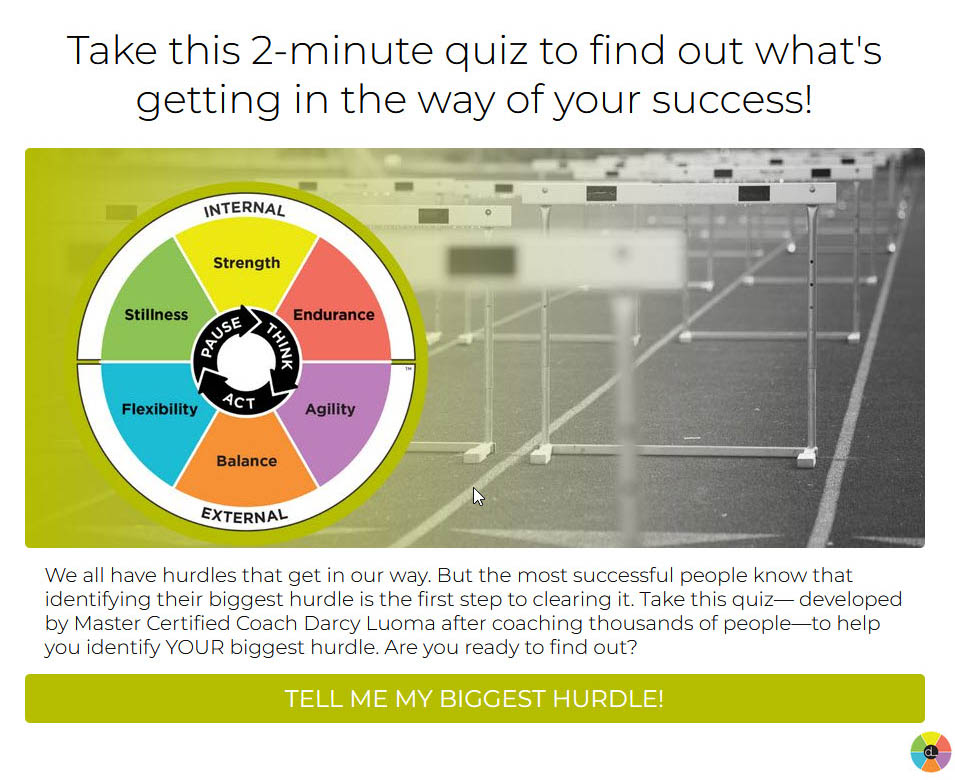One of the many benefits of working out is that we can improve our core muscle strength.
As you probably know, the core is made up of the muscles in your belly and lower back that support your spine and pelvis. The stronger your core is, the easier your other movements become, and the less likely you are to get injured. Common exercises that build core strength include crunches, bird dogs and planks.
Here’s the thing: you have a mental core as well, not just a physical one!
And it can be trained, just like your physical core. The implication of Carol Dweck’s idea of growth mindset is that any skill can be learned with sufficient effort and practice, and this applies to getting Thoughtfully Fit just as much as it does to getting physically fit. I’m not saying that learning new skills is easy (try doing just a one-minute plank and see if it gives you abs!), but it is possible with dedication.
Building your core
If your physical core is in good shape, you’ll be less likely to get injured. Likewise, if your mental core is in good shape, you’ll be less likely to injure your relationships or yourself when:
- Your friend habitually interrupts you while you’re saying something important
- Someone unexpectedly criticizes your approach to a project
- You’re exhausted and know you need a break from work, but tell yourself you can’t afford one (more on this later)
It’s not as easy to find resources to help give your mental core a workout as it is for your physical core, but it can be done! In fact, we started the Thoughtfully Fit Gym for exactly this purpose. It’s a place where you can access expert coaching, professional development and a supportive community to help you overcome the hurdles in your path.
So how do you workout your Thoughtfully Fit core? There are three steps. You Pause, you Think and then you Act. And it needs to be in that order! I’ve lost count of the number of clients who’ve told me: “Darcy, I was getting it all wrong! I used to act, then pause, and then think…oops!”
Let’s break down the core workout, step by step. Sticking with the example from earlier, imagine that you’ve been working non-stop for six hours and need a break, but tell yourself that you can’t afford one, because the project you’re working on is urgent.
Pause
Whenever you encounter a hurdle, see it as an opportunity to Pause. Those few seconds you take help you pattern-interrupt. Otherwise, you’ll react with your default behavior. Sometimes, your default will be a helpful one. But what if your default is to keep working and working until you’re so exhausted that it’s having a negative impact on your work? That would be a pretty large “Oops!”
Think
Your Pause buys you time to Think, so you can ask yourself thoughtful, open-ended questions like:
- What do I control?
- What are my choices?
- What do I need right now?
In our example, you might conclude after some reflection that you can’t control your manager’s reaction to you taking a break, or whether your project is delivered perfectly. But you do know that you need a break, and that your productivity will suffer without it.
Act
Even if taking action can sometimes be scary and require courage to do, we have to Act eventually. In this particular example, the alternative to never taking a break is burnout, which is no fun for anyone. Now that you’ve spent a few moments reflecting, your action will likely be more thoughtful than if you’d Acted on your first impulse.
So perhaps you choose to go to the kitchen for 15 minutes, drink some water and text a joke to your brother.
The beautiful thing about building your core with workouts like this is it’ll be there for you whenever you run into something challenging. And you won’t spend as much time cleaning up the “Oops” created by Acting before you Pause and Think.
Now there’s a goal that’s worth all those hours of practice! Happy training.



